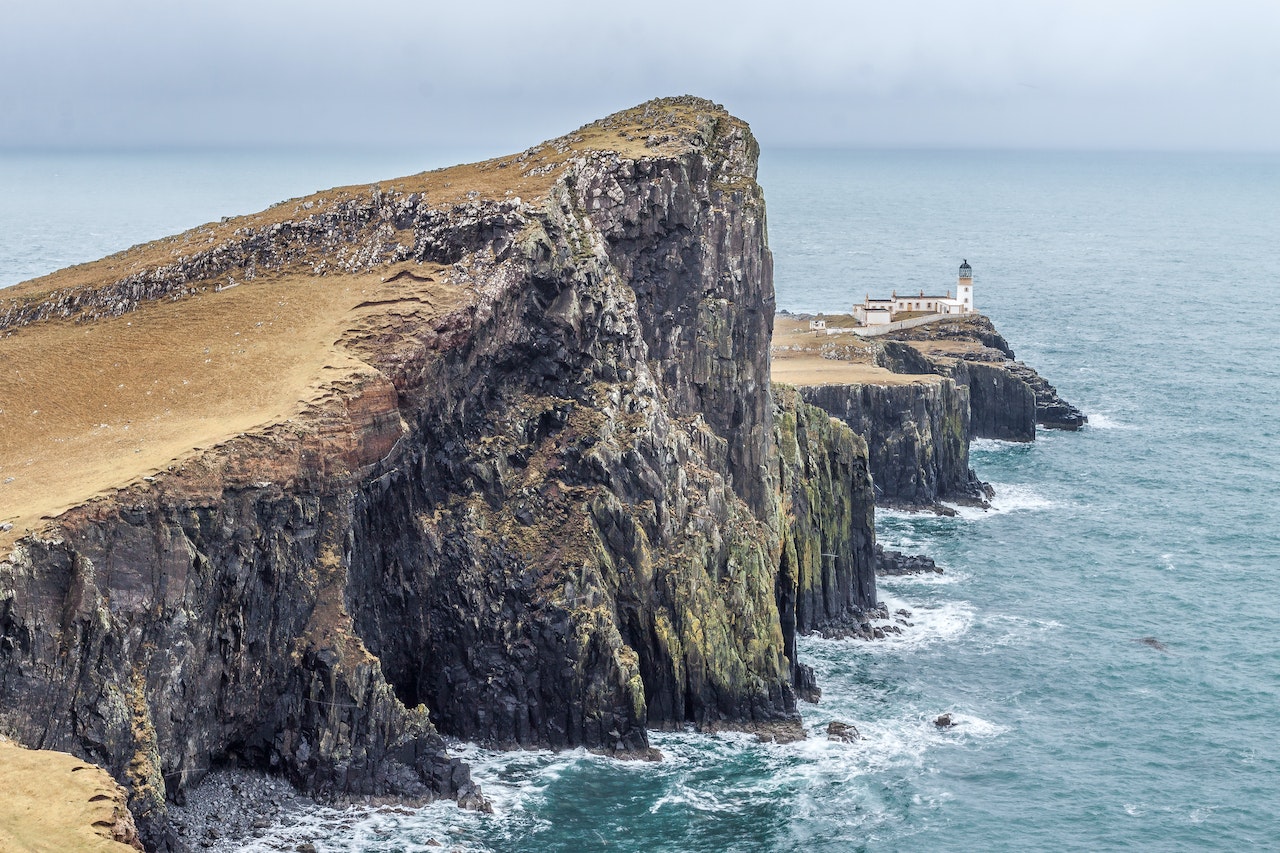
When we talk about a cliff, we are referring to a geographical accident that is characterized by a steep slope. This type of formations can be located in coastal areas, mountainous areas or on the banks of rivers. Many are those who know us what a cliff is, how they are formed or the types that can be found, and that is why we are here, to explain it to them.
It is not surprising that these geographical accidents are watched, since once you are in front of or on top of one of them, they are capable of inspiring different sensations and emotions., you feel small before such a great infinity. So that you can awaken this type of sensation, we will also name some of the cliffs that we can find in Europe and that are worth a visit.
What is a cliff?
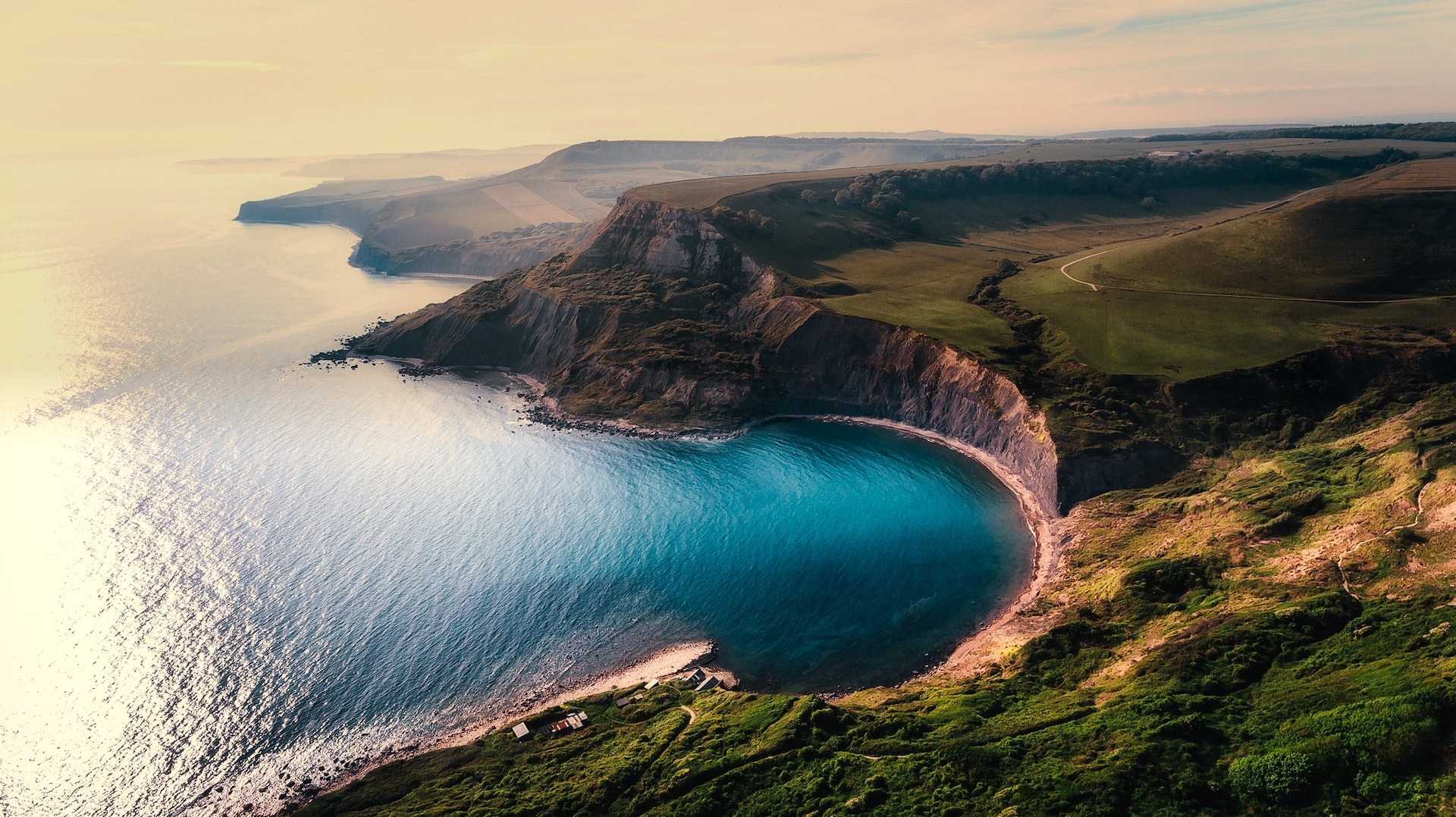
How could it be otherwise, we are going to start this post by defining what the concept of a cliff is. We are talking about geographical accidents that have been produced by erosion. Generally, they have very resistant vertical or semi-vertical rock shapes. The cliffs that compose them are rocky slopes that make a cut in the ground. This type of cliffs are formed due to earth movements or tectonic faults.
In addition to the cliffs in mountain areas, we can also find them near the oceans or even on the banks of some rivers. Normally this term is associated with rock walls that are located along a coastal area.
These types of geographical accidents can be used for the practice of extreme sports such as paragliding or parachute jumps, jumps into the water, climbing the cliff wall or for a little more common sports. like hiking. To do any type of extreme sports mentioned, they must be expert people and always do it with adequate and safe material.
How are cliffs formed?
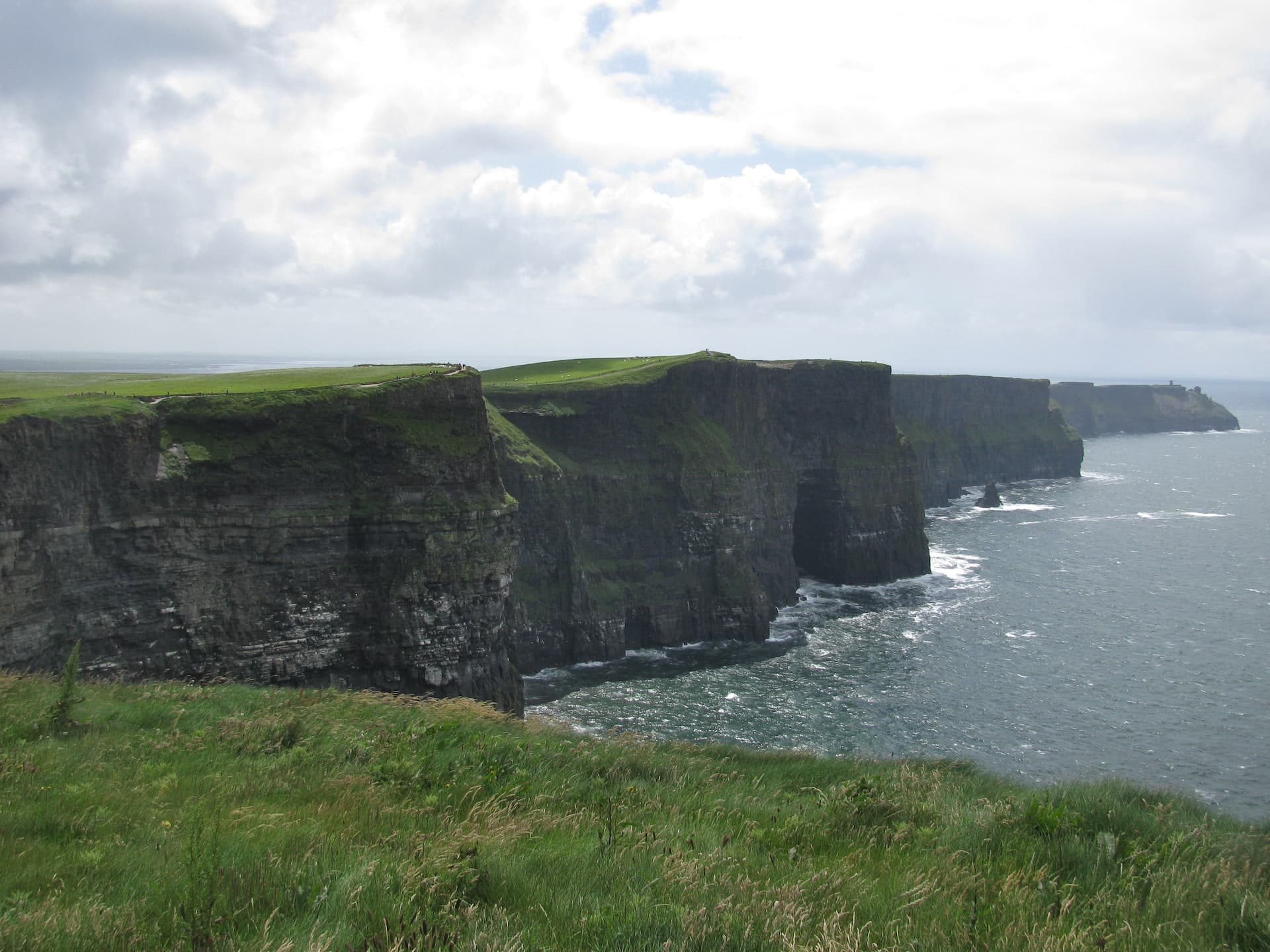
We already know what a cliff is, so it is time to discover what the formation process is like. In general, cliffs are formed by the action of natural phenomena. These phenomena that we are talking about help in their formation from tectonic activity. As we all know, the earth is made up of large plates that can shift over time. In the event that two plates meet at the same point, pressure is generated causing one or both plates to move upwards, resulting in a mountain or cliff.
However, its formation is due to erosion and weathering processes, that is, due to the action of certain natural phenomena such as rain or wind, which causes the rocks to break little by little. In coastal areas, it is where this type of erosion is most suffered due to strong winds and large waves.
When this erosion occurs in the rocks, they release small pieces that are called sediments or alluvium and that end up at the bottom of the sea and are dragged by the movement of the waves.. In the case of the cliffs in inland areas, they are dragged by the currents of the rivers or by the wind. The larger rocks, which cause the known allude and end up piling up when they reach the bottom of the cliffs.
Two types of cliffs can be differentiated, the active ones which are those that are located in deep water areas and are hit by the force of the waves. and the cliffs inactive, which are those formed on sandy areas, that is, they are further away from the coastal area.
Characteristics of a cliff

We arrive at the third important section to know everything related to the cliffs. We are going to explain to you what are the main characteristics of the different cliffs that we can find. across the world map.
- These geographical accidents mainly They are composed of limestone, dolomite and sandstone. They are three materials that are difficult to erode quickly
- In the great majority of the cliffs, we will find a high elevation and a very steep slope that usually ends in a somewhat smaller slope
- They originate due to changes in the characteristics of the rocks that make up this geological formation or by movements of the plates underground
- There are cliffs in which the living conditions of plants is non-existent, so they do not adapt to those conditions. In others, the opposite occurs, being able to find different varieties
- Its formation is due to a continuous process of erosion and decomposition of the minerals and rocks that make up the cliff
- The sediments of the cliffs break off in the process of erosion and, they end up at the bottom of the oceans, which are later dragged by the waves
- La The base of the cliffs is usually covered by an accumulation of rocks that have been falling over time
Some of the curiosities of these formations is that, many of them were formed by glaciers, a large mass of ice that covered large parts of the planet in the Ice Age. Many cliffs are popularly known for creating natural wonders such as waterfalls. Some of the largest cliffs we have in the world are not in full view of the world, but are under water.
Cliffs in Europe that you must visit
On the European continent, we have a great variety of cliffs that if you are interested in visiting them you just have to inform yourself for it. Since we cannot talk about each and every one of them, we are going to explain the ones that are worthy of admiration for us.
Cliff of Los Gigantes – Spain
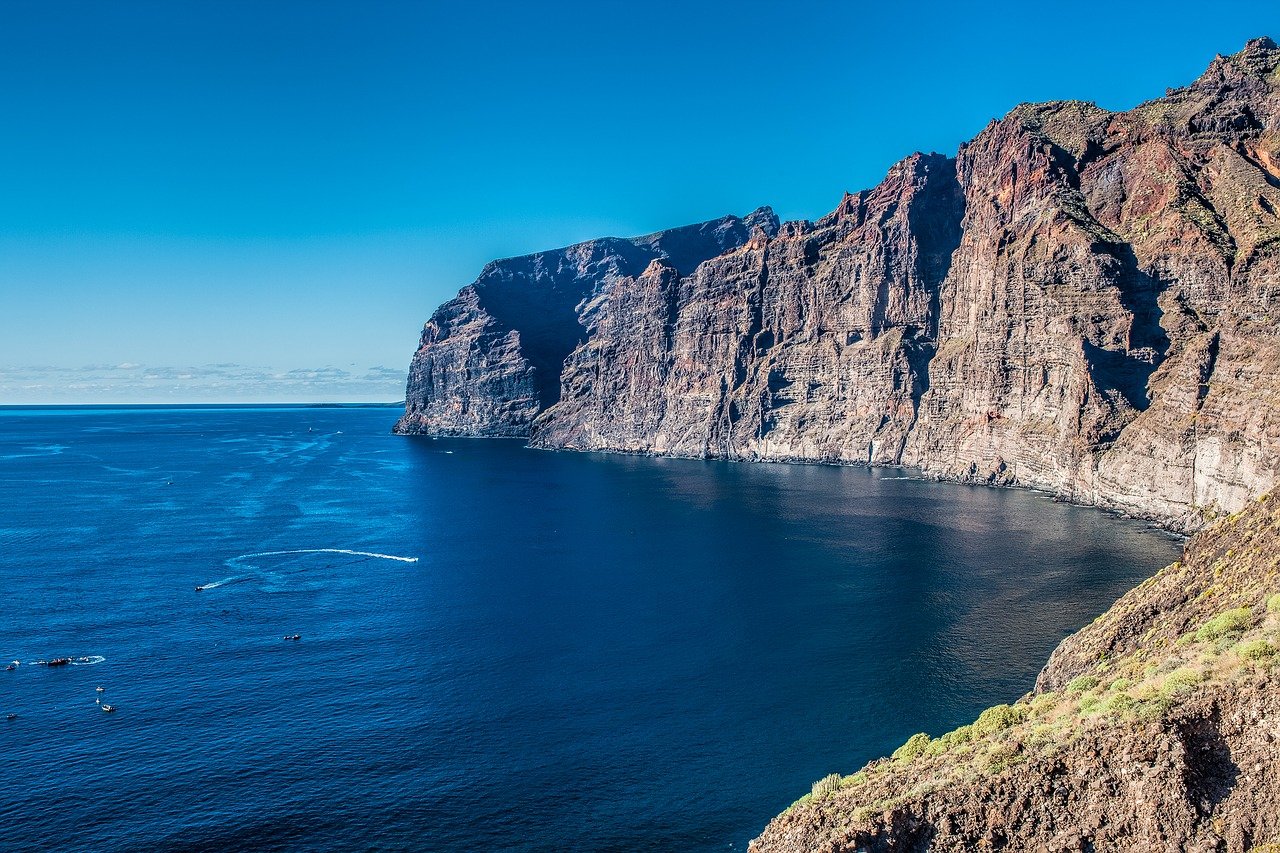
It could not be less, and we started with a wonder that we have in our country, the cliff of Los Gigantes. A volcanic rock formation found on the coast of the island of Tenerife, more specifically in the town of Santiago de El Teide. There are on the island, who call it the walls of hell, its highest points range between 300 and 600 meters.
Preikestolen from Ryfylke – Norway

If you are thinking of taking a trip to the Norwegian Fjords, a stop at this cliff is more than mandatory. We are talking about a rock formation over 600 meters high on the Lysefjord fjord. One of the highest coastal cliffs in the world and which receives thousands of tourists from all over the world every year.
Cliffs of Moher – Ireland
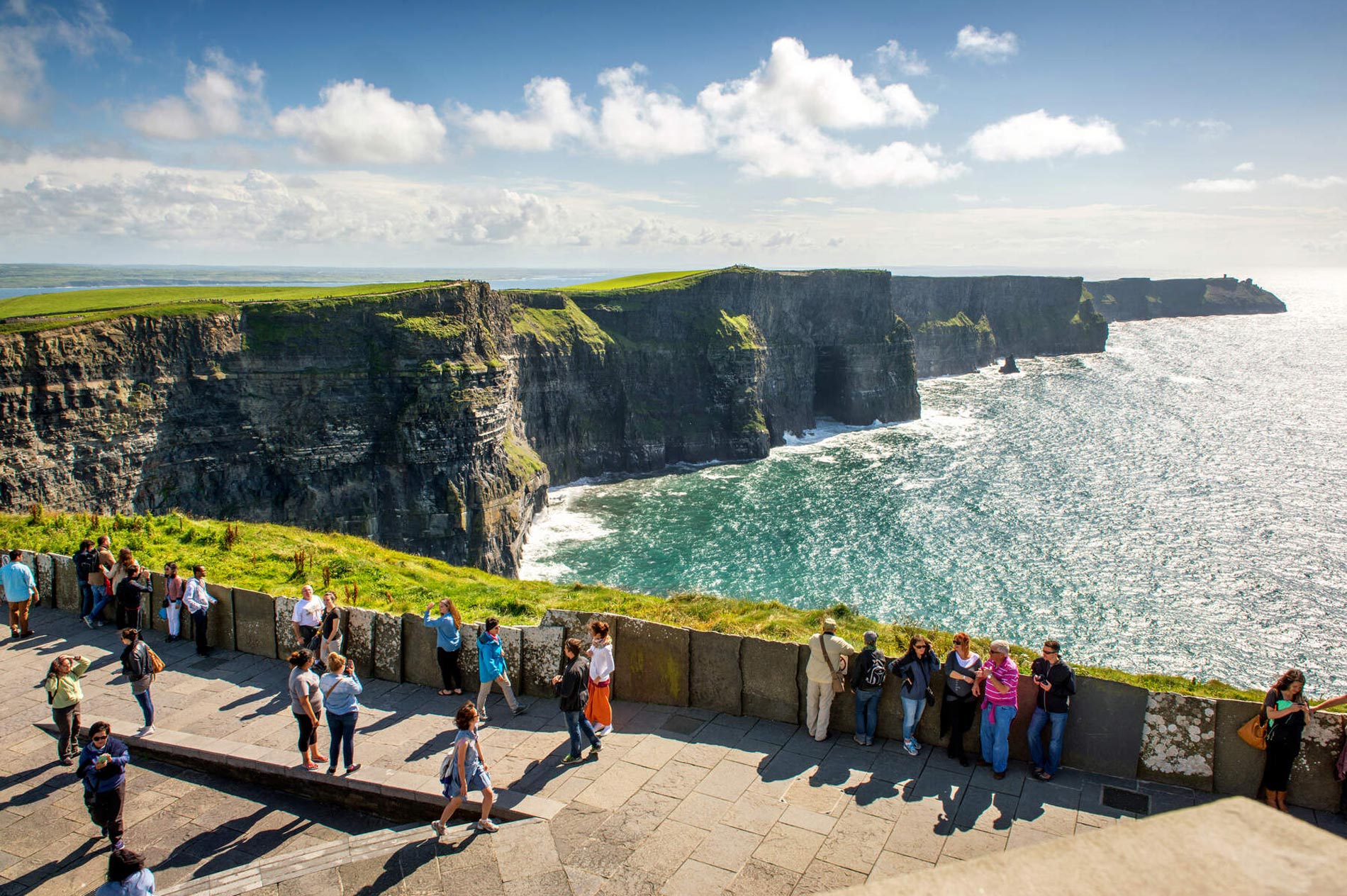
ireland.com
Impressive cliffs that you can find in the town of The Burren, in Ireland. Eight kilometers of cliffs over 200 meters higha. Beware of treacherous gusts of wind, so those who want to lean out and see how the sea roars under it, should lie down on its floor. From the highest point of these formations you can glimpse Galway Bay and the Maumturk Mountains.
Broken Coast – Cantabria
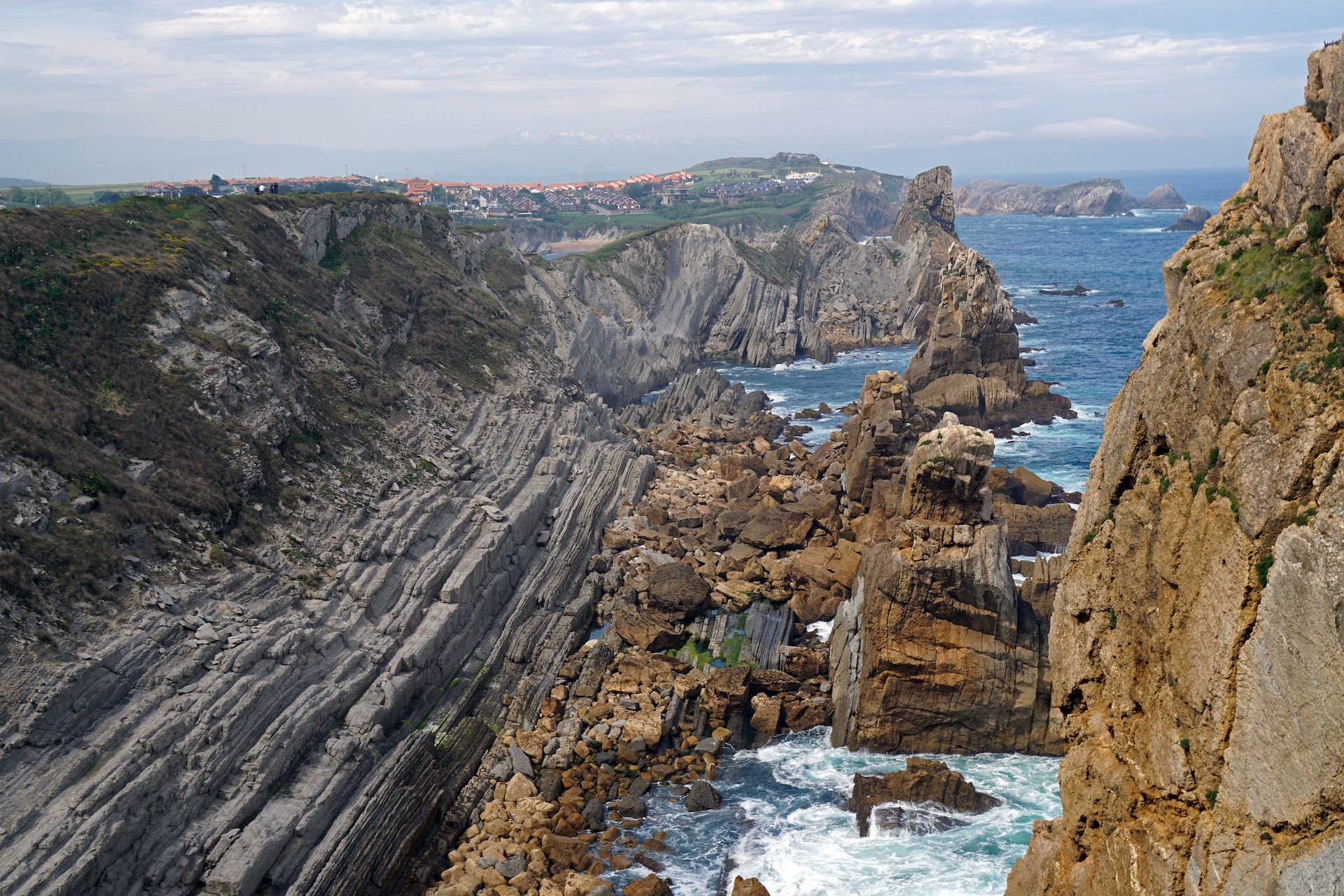
Another spectacle of nature that we can enjoy in our country is La Costa Quebrada, which is part of the Cantabrian coast, and is a marvel. A total of 20 kilometers that begin in the sandy areas of Liencres and goes to the peninsula of La Magdalena.
Gásadalur Cliff – Denmark

Coastal town located on the island of Vágar, a town that is located on one of the most spectacular cliffs that we can find in Europe and that, looks towards the sea. Thanks to the construction of a tunnel, access to this cliff is possible since several years ago this was unthinkable.
Cliffs of Aval – France

travel.nationalgeographic.com.es
You can enjoy this beautiful spectacle of nature if you go to the north of the Normandy coast. From the town of Étretat, you can walk along a path enjoying the views and contemplating the creation of the erosion of the wind and the sea millions of years ago on the rocks.
Punta de San Lorenzo – Portugal
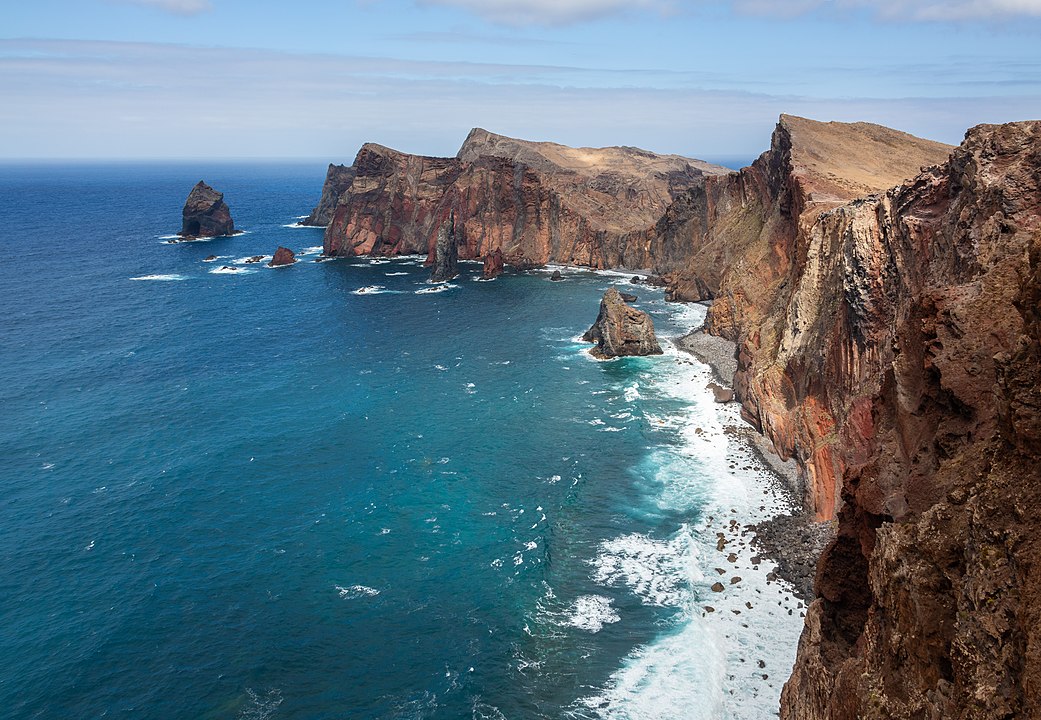
en.wikipedia.org
Of Madeira, not only its impressive forests, landscapes or food stand out, but we also find this spectacular cliff that is located on the Atlantic and which you can walk through small enabled paths. La Punta de San Lorenzo, is a spectacular landscape and is home to different species of plants, as well as birds and even monk seals.
Boniface – France
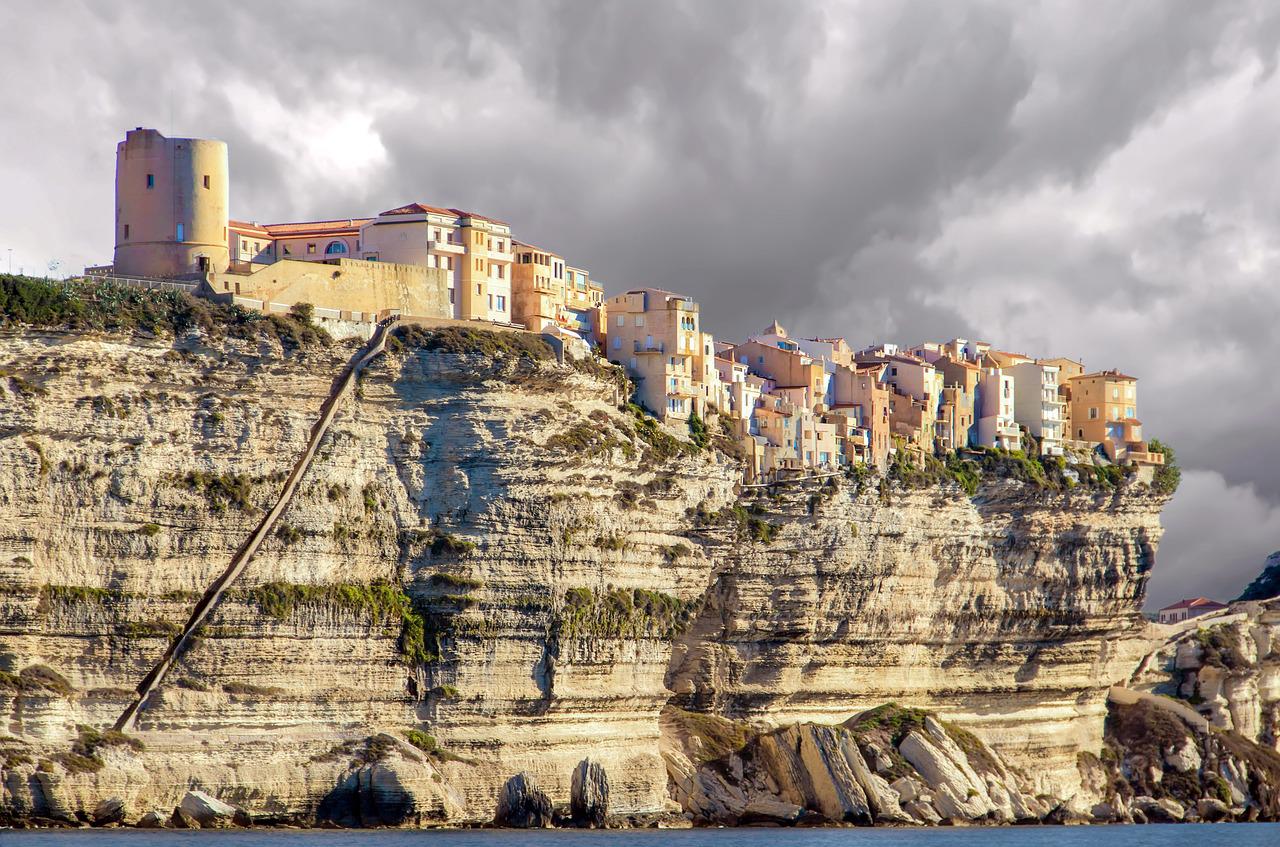
The panoramic view of this landscape is truly unique and something that leaves everyone who visits it open-mouthed.. Bonifacio, a French commune that is located on a small peninsula and is surrounded by cliffs. White cliffs that not only stand out for the contrast with the buildings, but also with the green of the vegetation. A view worth admiring since it gives the feeling that the houses on the edge of the cliff are going to fall into the sea.
So far our publication, in it you have been able to learn what a cliff is, how they are formed and some of their main characteristics. Now all that remains is to encourage you to visit some of the cliffs that we have mentioned and enjoy these formations that Mother Nature has left us so that we can admire their great power and impressive shapes.